The rise and rise of the whisky highball
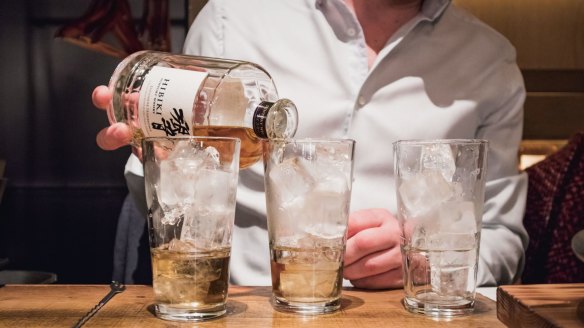
One of the most pronounced cocktail trends of the last decade is infiltrating Australia.
The mix of whisky and soda water served in a tall glass, aka the whisky highball, may have originated in the United States, but it is Japan where the highball has really taken off. With the world currently falling in love with Japanese whisky, other markets are beginning to catch on.
"Short cocktails like an old fashioned or negroni or manhattan, are slowing down," says London-based Zoran Peric, global ambassador for Japanese distiller Suntory.
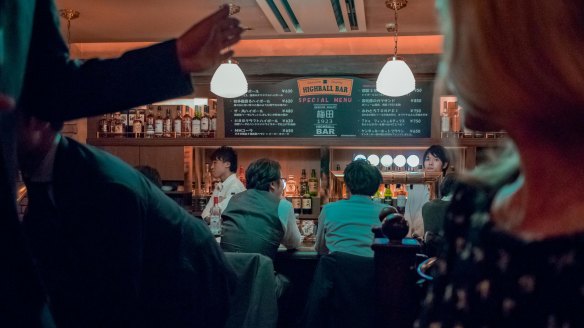
"They are still popular, but we're seeing more and more highballs appearing on the menus; longer drinks, simple serves – less ingredients, less is more.
"Most people don't want punchy cocktails anymore, they want something light and fresh that can keep them going all night, and then the next day they can get up and go for a run."
Japan's highball craze began around 2008, when Suntory was reeling from 25 consecutive years of declining whisky consumption at home, where younger drinkers were preferring lager beer and shochu (Japanese grain spirit). It was at Marugin, a standing-only izakaya in Tokyo's Ginza district, where whisky was to get a foothold again courtesy of the Kaku Highball, the signature serve of Suntory Kakubin Whisky in a branded glass.
Most people don't want punchy cocktails anymore, they want something light and fresh that can keep them going all night, and then the next day they can get up and go for a run.
"Marugin was kind of an icebreaker to create the movement of the highball bar, where people can eat and have something refreshing instead of beer," says Suntory global brand manager Yo Tang.
Whisky and sodas can have a reputation as being bland and forgettable, but a decent highballinvolves precision and technique. The secret firstly lies in selecting the right whisky, which has the complexity to shine through when three times as much soda water is added.
"Multi-layered whisky is very important – so many whiskies are done in a very simple production style where they use only one style of spirit," says Peric. "Each of Suntory's whiskies is multi-layered and one of the reasons they are so complex is because we know the consumer in Japan will dilute them."
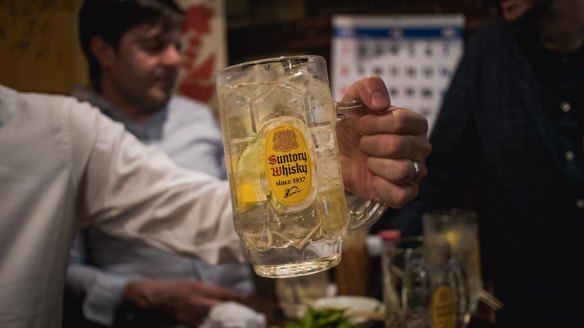
It may sound like marketing spin, but there are also genuine historical reasons why Japanese whisky has these attributes that make it ideally suited to the highball.
When Suntory first started making whisky in Japan over 90 years ago, there were no other producers it could exchange stock with to create blends, as is common practice in Scotland. The Japanese distiller instead used stills of various different shapes and sizes, as well different cask types for maturation, to create a diverse range of whiskies under one roof.
The blending of different whiskies to create a multi-layered product is common even in Japanese single malts, which are also designed to be enjoyed with dilution. But Peric advises there are several other important elements that go into making the perfect highball, starting with the right glass, correctly prepared. "The way you combine the ingredients and maintain the serve is key," he says. "It's very important that the glass is refrigerated or if not, that it is chilled first using ice before you start the serve."
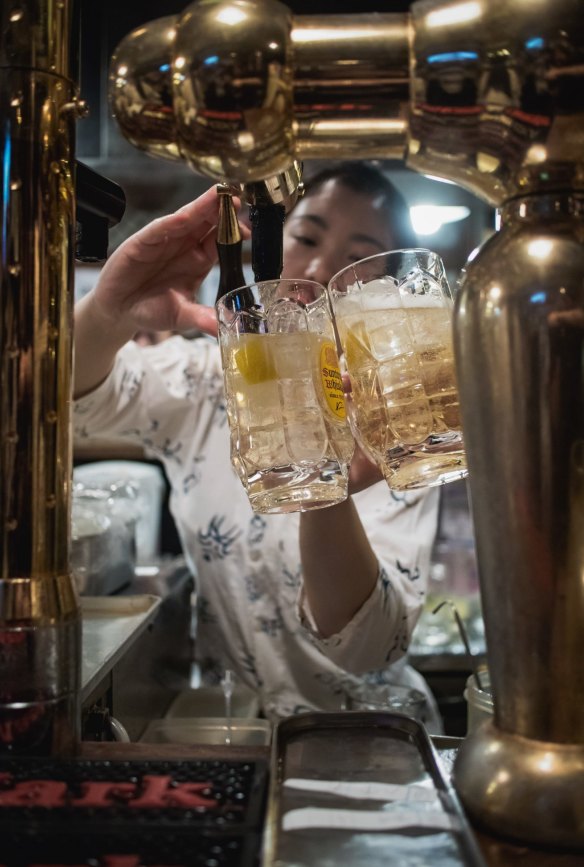
The soda must also be refrigerated, rather than served at room temperature, and should ideally be packaged in smaller bottles."Once you open them they go flat, and it's very important to keep the carbonation," says Peric. He also prefers a classic highball glass, which is slightly narrowed down at the bottom. "Once you start mixing the drink, the journey of the soda is very important. In a glass that is slightly narrowed down at the bottom, the soda has more space to work around the drink," he advises.
The last crucial ingredient is a few blocks of high quality de-oxygenated (clear) ice, which ensures slower dilution than standard ice cubes made in a machine. Garnishes such as the signature lemon slice are optional, and Peric advises using them sparingly to avoid overpowering the flavour of the whisky.
Highballs in Japan range from the egalitarian Kaku Highball, priced on par with draught beer and often served alongside it on tap, mixed by a machine.
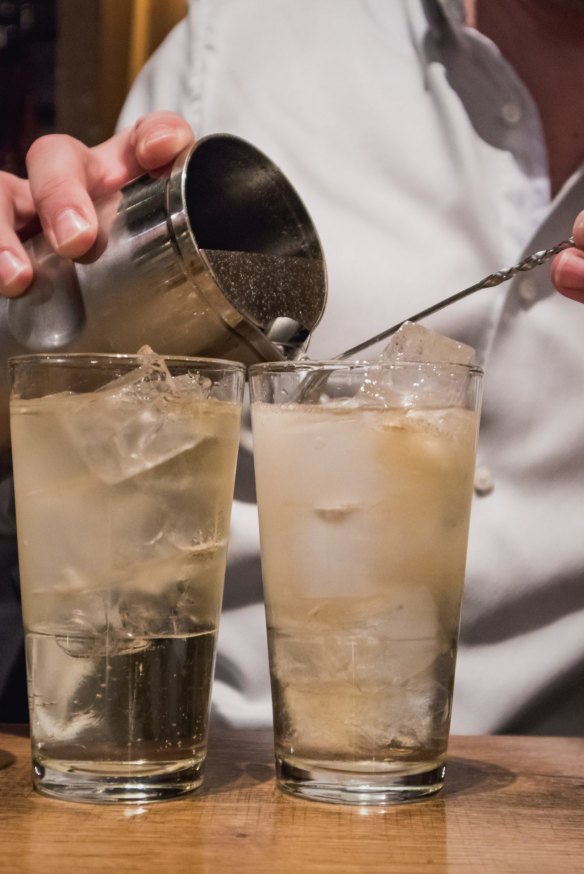
More high-end options are expertly mixed by hand and contain better quality whiskies ranging from premium blends to single malts or single grains. It's these more upmarket versions that are getting traction in markets such as the UK and the United States.
In Australia, Suntory has recently introduced The Chita single-grain whisky. Made with 100 per cent corn, it is light and delicate and a popular highball whisky in Japan.
Peric is bullish on the potential for highball in Australia, where Japanese whisky is on the rise and our climate and lifestyle favours its refreshing properties.
"Today people tend to think a little bit more about what they are drinking and when they drink," he says. "With a highball, you constantly keep your system full of water so it's a better way of drinking."
James Atkinson was a guest of Beam Suntory in Japan.